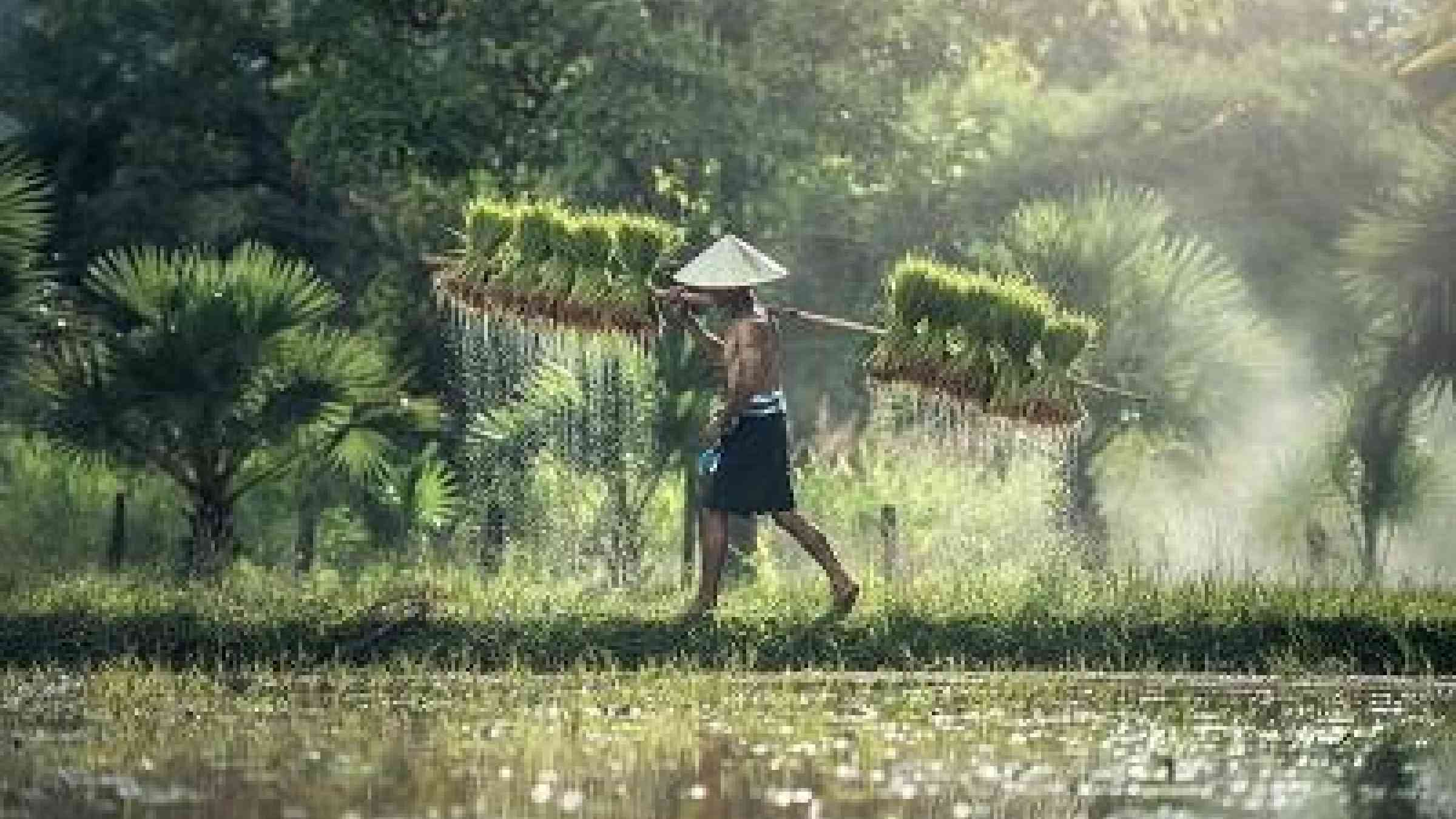Cambodia steps up fight against climate change

PHNOM PENH, 8 April 2019 - Considered one of the most vulnerable countries in the world to the effects of climate change, the Royal Government of Cambodia is taking major steps to improve its resilience and reduce its disaster risk with support from the UN Office for Disaster Risk Reduction.
To build Cambodia’s resilience and protect its economic and social gains from climate-induced disasters, the country is upgrading its disaster risk management system and a key part of this effort is the development of the new Strategic National Action Plan for Disaster Risk Reduction 2019 – 2023. The strategy development kicked off with a multi-sectoral workshop in Phnom Penh that brought together line ministries, the UN system, NGOs and representatives of civil society.
“Cambodia has made impressive development gains, and we need to protect these. The new DRR strategy requires the full engagement and commitment of all sectors in Cambodia to ensure our development goals are not delayed by disasters”, said Dr. Nhim Vanda, Senior Minister in Charge and Permanent Vice President of NCDM. “
Economic growth in Cambodia over the last decade has helped lower the poverty rate sharply from 48 per cent in 2007 to 14 per cent in 2014. However, many of these gains are being threatened by the country’s vulnerability to climate change as Cambodia is likely to experience an increase in temperatures, longer droughts, and more frequent tropical storms, according to a USAID report.
Cambodia is already experiencing more flooding in its wet season and longer droughts in the dry season, both of which threaten the livelihoods of 80 per cent of Cambodia’s population who rely mostly on subsistence crop production. In 2016, the country experienced a severe drought that Prime Minister Hun Sen declared as the country's worst disaster in 100 years, and in 2018 wide-scale floods affected more than 100,000 families
The country is currently in the midst of another drought and a surge in high temperatures which have affected more than 20,000 hectares of rice fields in 13 provinces, according to Cambodia’s National Committee for Disaster Management (NCDM).
To ensure this new national strategy is focused on reducing disaster risk and aligned with the Sendai Framework for Disaster Risk Reduction - the global roadmap for reducing disaster losses by 2030 – the government organized a national workshop on 5 April in Phnom Penh with technical support from UNDP and UNISDR.
Highlighting the importance of adopting a systems approach to disaster risk reduction, Mr. Sanny Jegillos, Senior Advisor, UNDP Regional Hub, said: “We need a systems thinking approach to improve DRR investments to ensure that development activities build resilience and do not increase vulnerabilities. This calls for involving all relevant ministries early in the national strategy development process, through the formation of working groups or a joint governance structure, to ensure that DRR is also integrated into sector specific strategies."
“Having a national strategy that is developed in cooperation with all relevant ministries is critical to mobilizing a whole-of-government response,” said Ms. Loretta Hieber Girardet, Head of UNISDR Asia-Pacific, who is leading a joint mission with UNDP to Cambodia. “It is equally important to engage with civil society and stakeholders representing vulnerable groups, such as the poor, women and persons with disability, through an active national platform for DRR.”
Involving all relevant ministries early in the national strategy development process, through the formation of working groups or a joint governance structure, will help ensure that DRR is also integrated into sector specific strategies.
To promote resilience for all, the inclusion of different vulnerable groups in the development and implementation process of the DRR strategy is critical to meeting the needs of those most impacted by disasters. By fully participating in the process of developing and implementing the DRR strategy, representatives of vulnerable groups can convey their needs and concerns to national authorities, and at the same time, serve as conduits for the dissemination of risk communication and guidance to hard-to-reach populations. As a result, vulnerable groups, who are disproportionately impacted by disasters, become more resilient and better-prepared to deal with disasters, thus less likely to lose their livelihoods.